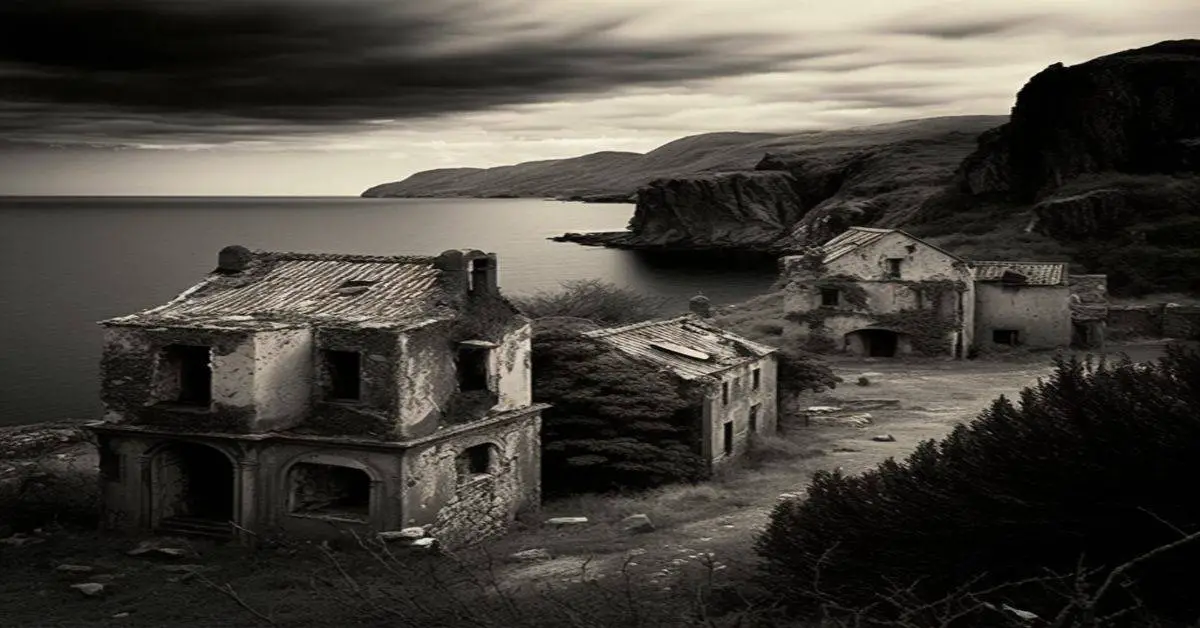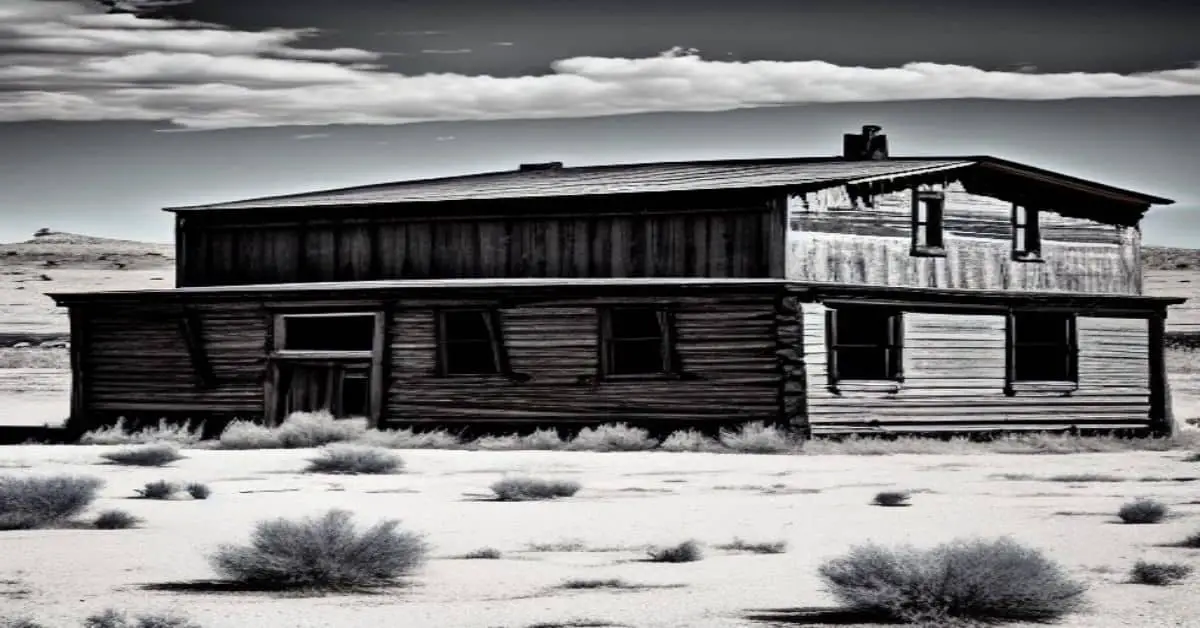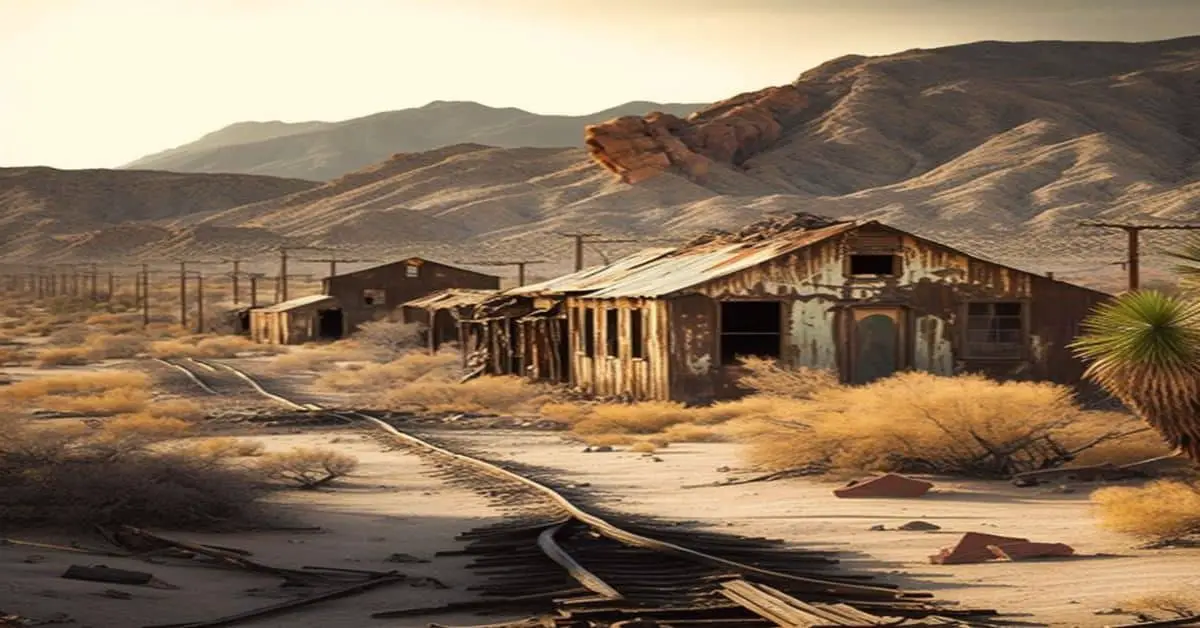Apache County in Arizona is a region steeped in history and culture, with numerous abandoned settlements that are haunting reminders of its past. These ghost towns were once thriving communities, bustling with activity and life, but now lie empty and abandoned.
The reasons for their abandonment are varied, from natural disasters to economic decline and the changing fortunes of the industries that once sustained them.
Despite their eerie appearance, these ghost towns are fascinating, drawing visitors from across the world who come to explore their history and secrets.
This article will delve into the past, present, and future of Apache County’s ghost towns, exploring their cultural significance, architectural heritage, and the challenges faced in preserving them.
Join us on a journey through time as we uncover the stories of these abandoned settlements and their impact on the local community.
Key Takeaways
- The article focuses on the history and abandoned settlements of Apache County’s ghost towns in Arizona.
- Information about the reasons behind the abandonment, former residents, industries, architecture, buildings, and natural environment surrounding the ghost towns may be provided.
- Efforts to preserve the ghost towns may be discussed, along with the challenges facing their preservation.
- The impact of the ghost towns on the local community and their future may also be explored and their potential significance in tourism.
History and Abandonment
The article explores the history of Apache County’s ghost towns and provides information on the reasons for their abandonment.
Many of these settlements were established as mining towns in the late 1800s and early 1900s. As the industry declined and resources depleted, many residents left searching for new opportunities.
Other towns were abandoned due to natural disasters, such as floods or fires, while some were no longer needed as transportation routes changed.
Despite being abandoned, the former residents of these towns have left behind a rich history that is still evident in the remaining structures and artifacts. Some towns were once home to notable figures, such as lawmen and outlaws.
By exploring the history of these ghost towns, we gain insight into the lives of the people who once called them home and the challenges they faced in this rugged and unforgiving landscape.
Culture and Architecture
Cultural and architectural remnants of Apache County’s abandoned settlements offer a window into the region’s past, with some buildings dating back to the late 1800s. These structures are a testament to the unique architecture styles in the area during that time. Many buildings were constructed using adobe, a traditional building material made of clay, sand, and straw. The use of adobe reflects the Spanish influence on the area, as it was commonly used in their architecture.
The ghost towns of Apache County are not only significant for their architectural heritage, but also for their cultural heritage. These towns were once vibrant communities, each with their unique traditions and customs. The abandoned structures offer a glimpse into the daily lives of the former residents, and the artifacts left behind provide insight into the cultural practices of the time.
It is important to preserve these structures as they remind of the rich history of Apache County and the American West.
“The story is that a traveling troupe coming through the region stopped in Concho to entertain the residents who only rarely had such an offering in the remote and harsh location where Concho resides, which was known at the time as a no-mans land with Old West criminal types and pistoleros mixed in with law abiding residents.”
https://www.wmicentral.com/community_beat/briefs/no-shortage-of-ghosts-in-concho-or-vernon/article_6192d4ed-af05-5ad1-a54e-b79c021c424d.html
Preservation and Future
Preservation efforts for the abandoned settlements in Apache County are crucial for the future of historical and cultural heritage in the region. The ghost towns in Apache County are a testament to the area’s rich history and cultural significance. However, the preservation of these towns is not without its challenges.
One of the main challenges facing the preservation of the ghost towns is the lack of funding and resources. Many of the buildings and structures in the towns are in a state of disrepair and require significant restoration work. Additionally, the natural environment surrounding the towns can also pose a threat to their preservation. The harsh desert climate and the risk of wildfires can cause damage to the already fragile structures.
Despite these challenges, there are ongoing efforts to preserve the ghost towns in Apache County. These efforts include fundraising campaigns, volunteer work, and partnerships with local organizations. The ghost towns have also become popular tourist attractions, which has helped to raise awareness and generate interest in their preservation.
With continued efforts, it is possible to ensure that these historic sites remain intact for future generations to appreciate and learn from.
Frequently Asked Questions
What is the economic impact of the ghost towns on the current residents of Apache County?
The economic impact of the ghost towns on the current residents of Apache County is negligible due to the lack of economic opportunities. However, the cultural significance of these abandoned settlements positively impacts the community.
Are there any supernatural or paranormal occurrences reported in the ghost towns?
Some of Apache County’s ghost towns have reported supernatural sightings and ghostly legends. However, no scientific evidence supports these claims, and they remain a part of local folklore and legend.
How have the natural surroundings of the ghost towns changed since they were abandoned?
The natural decay of the abandoned ghost towns in Apache County has led to environmental changes in the surrounding areas. Historical preservation efforts have been hindered by challenges such as tourism development.
Are there any notable myths or legends associated with the ghost towns?
Some of the ghost towns in Apache County, Arizona have haunted tales and local folklore associated with them. These legends may include stories of ghosts, buried treasure, or mysterious disappearances.
What is the accessibility of the ghost towns for visitors and tourists?
The accessibility of the Ghost Towns in Apache County varies, with some being open to the public, while others are on private property. Preservation efforts are ongoing, with some towns being restored for tourism purposes.


